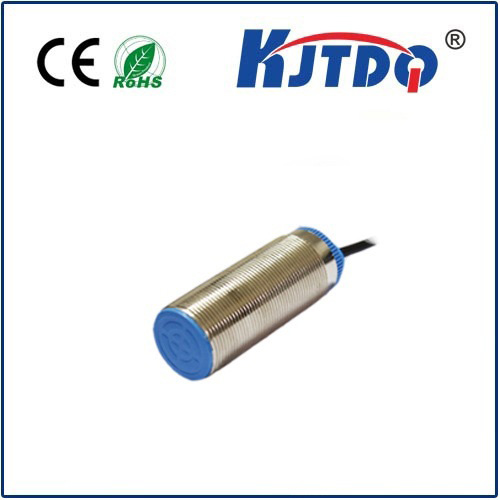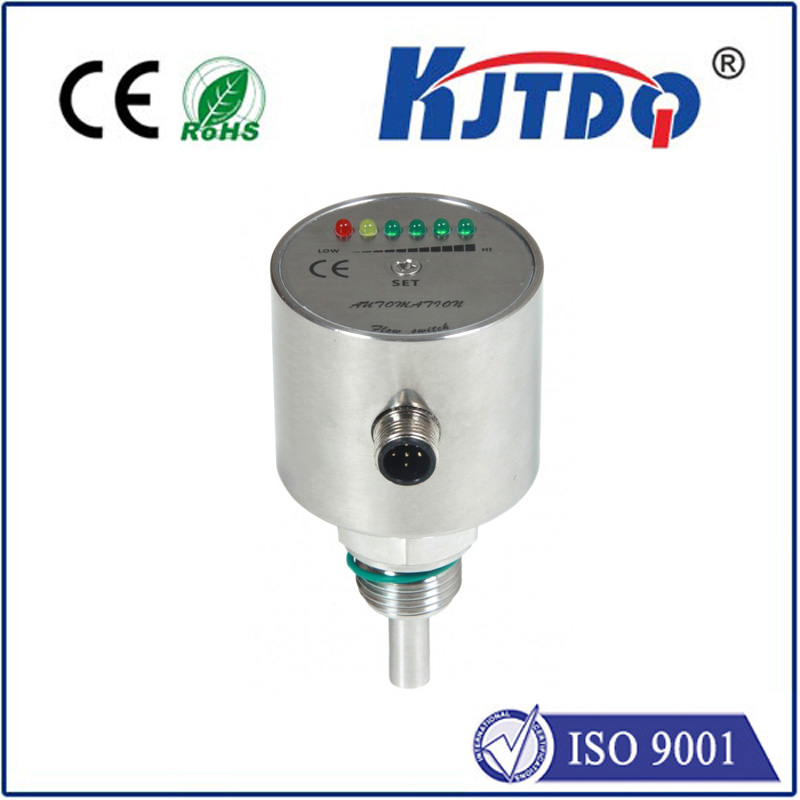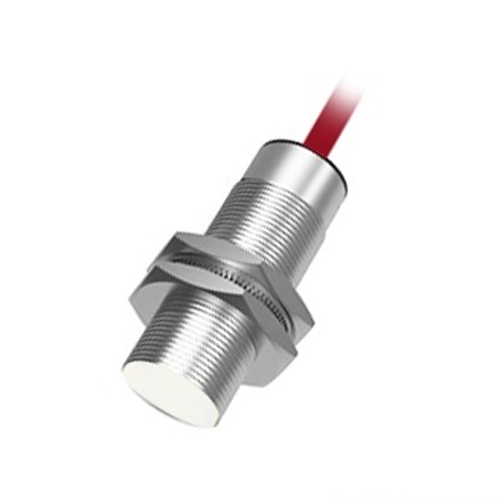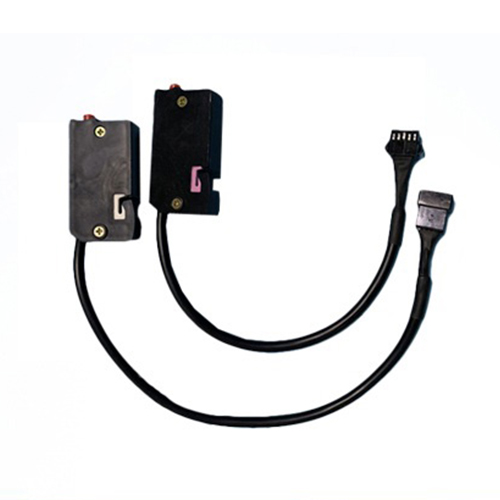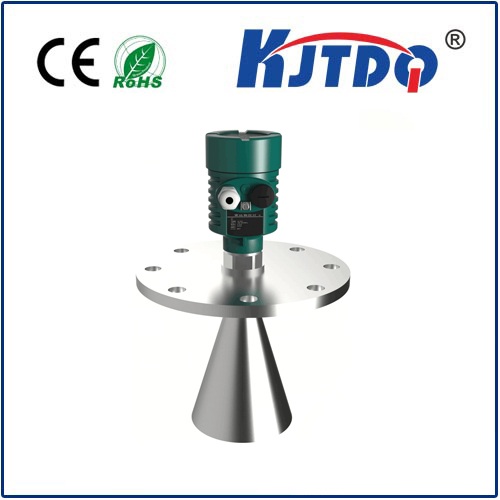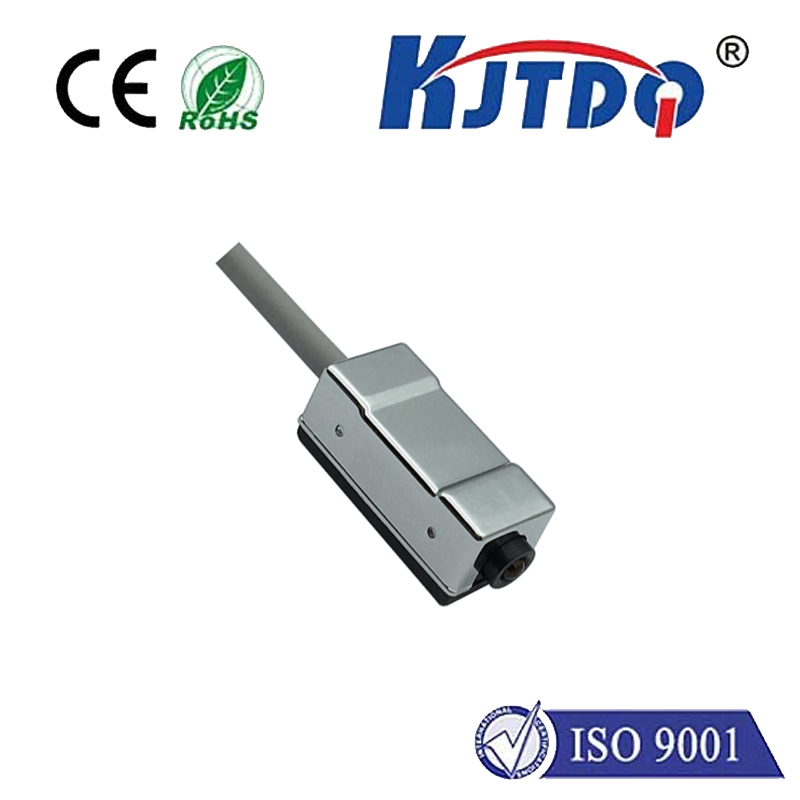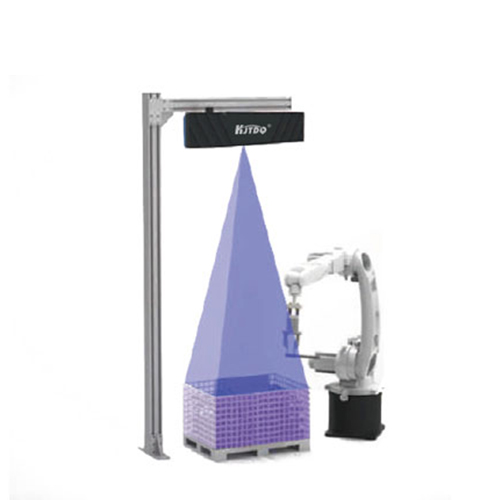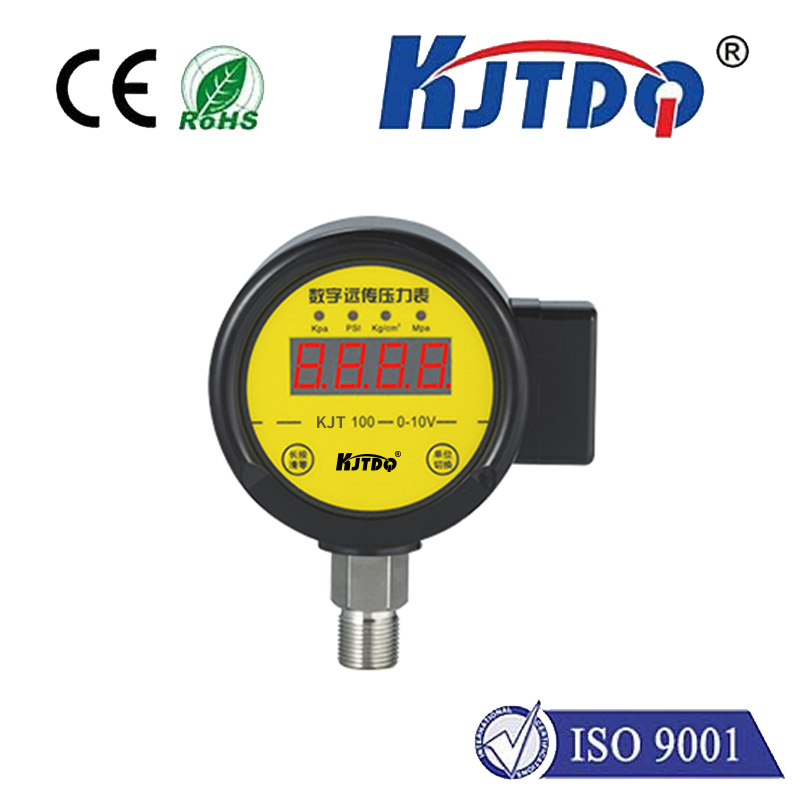Переключатель крутящего момента в исполнительном устройстве
- time:2025-08-08 02:46:36
- Нажмите:0
The Unsung Guardian: Understanding Torque Switches in Electric Actuators
Protecting Your Motion: The Critical Role of Torque Switches in Electric Actuators
Imagine a robotic arm smoothly lifting a component onto an assembly line, or a valve actuator precisely adjusting flow in a critical pipeline. Now, picture what happens if that movement encounters an unexpected obstacle – a jam, a misalignment, or simply an end-of-travel point reached with force. Without a critical safety mechanism, the powerful electric motor driving the actuator could continue straining, potentially burning itself out, damaging gears, shearing shafts, or even causing catastrophic failure in the system it’s controlling. This is where the torque switch steps in, acting as the indispensable protector within the actuator’s ecosystem.
What Exactly is a Torque Switch in an Actuator?
Fundamentally, a torque switch is an integrated safety device embedded within electric linear or rotary actuators. Its primary function is to monitor the output torque generated by the actuator’s motor. Torque, in this context, is the rotational force produced by the motor and translated into linear thrust or rotary motion through the actuator’s gearbox or leadscrew assembly.
Think of torque as the actuator’s “muscle.” Just like muscles strain when pushing against an immovable object, an actuator’s motor experiences increasing torque load when its output stroke encounters resistance it cannot overcome – be it due to a physical obstruction, reaching a hard stop, excessive friction, or even backpressure in a valve application.

How Does the Torque Switch Work Its Protective Magic?
The torque switch operates on a relatively simple but highly effective principle:
- Sensing the Strain: The switch is mechanically or electronically linked to the actuator’s drivetrain. As the motor works and the output force increases, this force is transmitted to the torque switch mechanism.
- The Precisely Calibrated Threshold: The switch is pre-set or calibrated to trigger at a specific torque limit. This threshold is carefully chosen based on the actuator’s design strength and the application’s requirements. It represents the maximum safe operating force before damage becomes likely.
- Triggering the Cutoff: When the actual torque output reaches or exceeds this preset limit, the torque switch activates. Its core action is to interrupt the electrical power supplying the actuator motor. This immediate shutdown halts the movement.
- Signaling the Event: Crucially, most modern torque switches don’t just cut power silently. They simultaneously send an electrical signal – typically opening or closing a contact within a microswitch integrated into the assembly. This signal alerts the control system (PLC, DCS, or local controller) that an overload condition has occurred.
Why is a Torque Switch Absolutely Essential?
The value proposition of the torque switch centers on protection and safety:
- Motor Protection: Preventing motor burnout from excessive stall current (locked rotor condition) is its most fundamental job. Replacing burnt-out motors is costly and causes downtime.
- Gearbox & Mechanical Integrity: Over-torque situations place immense stress on gears, bearings, leadscrews, and couplings. The torque switch prevents gear teeth stripping, shaft shearing, or bearing failure, safeguarding the actuator’s core mechanical components.
- System Protection: It protects the equipment being actuated. Forcing a valve beyond its seat or a mechanism past its end-stop can cause expensive damage. The torque switch prevents this.
- Повышение безопасности: Preventing unexpected forceful movements caused by mechanical failure reduces risks to personnel and surrounding equipment, especially in high-force applications.
- Process Reliability & Diagnostics: The signal provided by the torque switch allows the control system to take appropriate action – stopping a process sequence, raising an alarm, or logging the fault. This facilitates rapid troubleshooting (e.g., “Was it an obstruction? A seized bearing?”) and minimizes unplanned downtime. Without this signal, diagnosing the cause of an actuator stopping can be significantly harder.
- Cost Efficiency: While a component itself, the torque switch prevents vastly more expensive repairs and replacements down the line, offering a significant return on investment through reliability.
Key Design and Implementation Considerations
Not all torque switches are created equal, and their implementation matters:
- Mechanical vs. Electronic: Traditional designs use mechanical mechanisms (like spring-loaded cams acting on a microswitch) that physically trip. Modern actuators increasingly use sophisticated electronic torque sensing (often via motor current monitoring combined with algorithms), providing greater precision, adjustability, and diagnostic capabilities.
- Precise Calibration: The trip point must be accurately set during manufacturing or commissioning. Set too low, and you get nuisance trips; set too high, and the protection is ineffective.
- Robustness: The switch mechanism itself must withstand the harsh environments often encountered alongside actuators – vibration, temperature extremes, dust, moisture.
- Integration: Seamless integration into the actuator’s housing and drivetrain is crucial for reliable sensing and durability.
- Resettability: After a trip, the switch usually needs to be reset (often by reversing the motor direction slightly) and the fault condition investigated before normal operation resumes. Understanding the reset procedure is vital for operators.
- Adjustability: Some advanced systems offer adjustable trip settings within defined limits, providing application flexibility.
Beyond Basic Protection: The Intelligent Edge
Modern torque management goes further than simple cut-off. In sophisticated actuators and control systems:
- Programmable Profiles: Trip points can be dynamically adjusted based on the actuator’s position in its stroke.
- Diagnostic Data: Detailed torque profiles over time can be monitored, providing insights into mechanical health (e.g., increasing friction indicating wear) or process variations.
- Soft Start/Stop: Electronic control can ramp torque up and down smoothly, reducing mechanical shock and extending component life, further enhancing the intrinsic protection offered by the fundamental limit switch.
Conclusion: Indispensable Safety, Tangible Benefits
The torque switch is far more than an optional extra; it’s a fundamental safeguard embedded in the heart of responsible electric actuator design. Its primary role in preventing mechanical overload, protecting the motor, gears, and driven equipment, cannot be overstated. By providing a clear electrical signal upon tripping, it transforms a potential failure point into a source of valuable diagnostic information, enabling swift corrective action and minimizing costly downtime. When selecting or specifying an electric actuator, understanding the presence, type, and capabilities of its torque switch is just as critical as considering its thrust, speed, or stroke. It’s the silent guardian ensuring smooth, reliable, and long-lasting operation.


